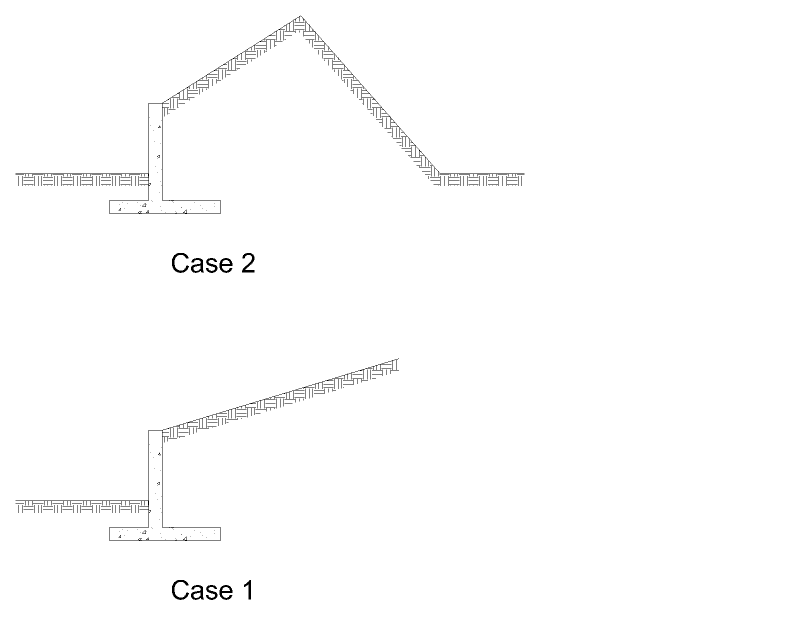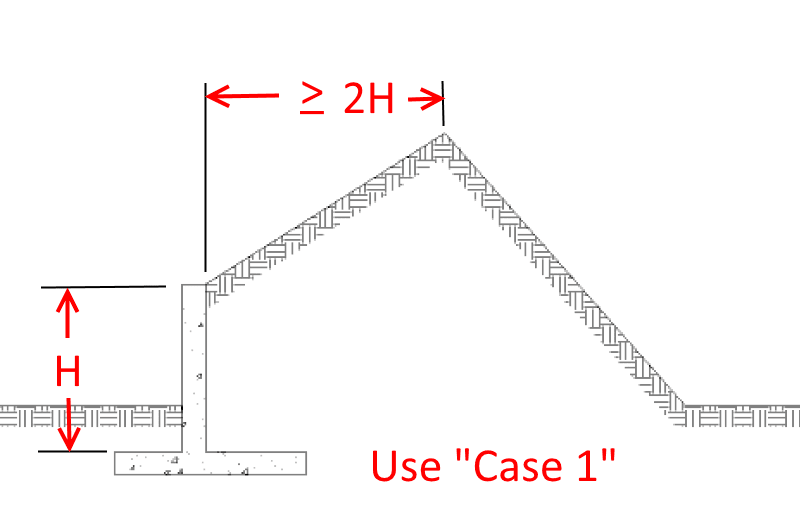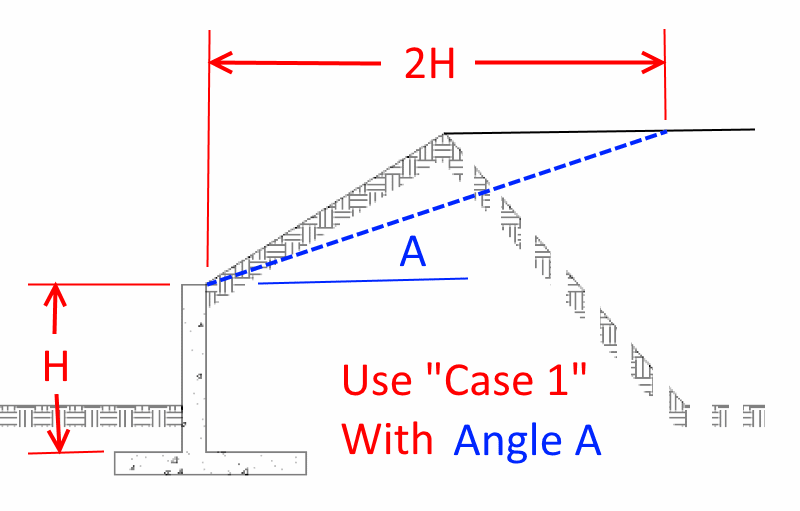Refer to the linked picture. I am designing a retaining wall to support a salt pile. I am familiar with the procedure for calculating the force on a wall with sloped backfill but the problem here is that the salt being stacked at the angle of repose gives me a very large Ka value (case 1 in attached image). The actual condition of the backfill is constrained to "case 2" from the attached image due to geometry of the site. I would assume that the force for a pile that slopes to a peak is less than the force for a pile that slopes infinitely off to the distance. Does anyone here know how I would go about calculating the force on the wall in "case 2"?






![[idea] [idea] [idea]](/data/assets/smilies/idea.gif)